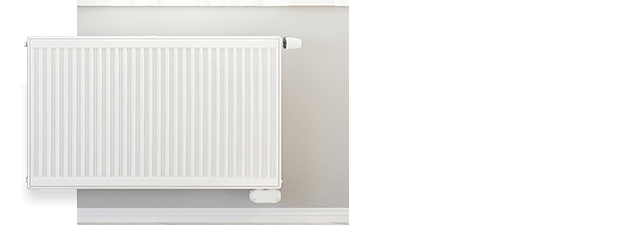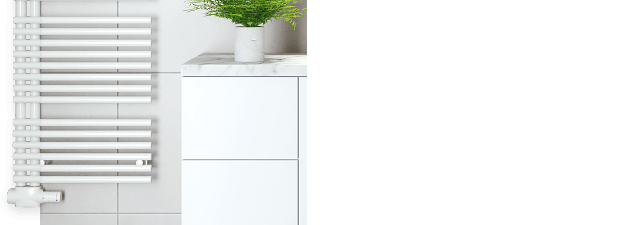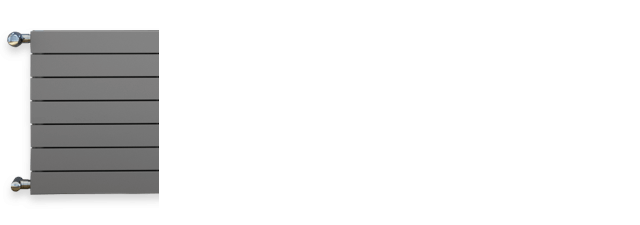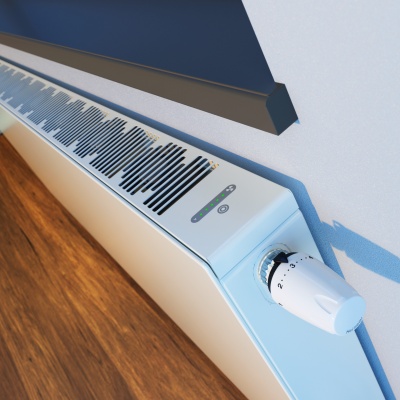What Is a Convector? Efficient Heating & Cooling
30. 10. 2024
What Is a Convector and How Does It Work?
A convector is a heating unit designed not only for heating but in some cases also for cooling indoor spaces. The name is derived from the term convection, which refers to the circulation of air.
What Are the Advantages of a Convector?
The biggest benefit of a convector is its fast heat-up time and ability to efficiently transfer heat into the room. This makes it an ideal solution especially in low-temperature systems – particularly models equipped with a fan (forced convection). The fan significantly boosts the convector’s performance, even when water temperatures are relatively low.
In addition to their high heating efficiency, some convectors can also be used for room cooling. This is a major advantage, especially in systems with heat pumps that can operate in reverse mode – heating in winter and cooling in summer. In such setups, a single convector unit can serve both purposes.
Convectors can also be effectively combined with large-area heating systems, for example underfloor heating on the ground floor, with convectors installed upstairs (e.g. in the attic), where they can assist with cooling during summer.
They are also an excellent choice for large glazed surfaces and any space where traditional radiators are not suitable or desired.
How to Choose the Right Convector
When selecting a convector, consider the following:
- Size of the heated area
- Required heat output
- Installation type (floor, wall, under windows)
- Intended use (heating only, or also cooling)
- Heat source type (heat pump, boiler, etc.)
- Design and aesthetic preferences
- Natural vs. forced air circulation
- Budget
What Types of Convectors Exist?
Based on installation type and design:
- Floor convectors (KORAFLEX)
- Wall-mounted convectors (KORAWALL)
- Special convectors (KORABASE)
- Bench convectors (KORALINE) – including luxurious models with a wooden top
According to air circulation method:
- Natural convection
- Forced convection (with fan)
According to function:
- Heating only
- Combined (heating + cooling)
What Is the Difference Between Convectors and Radiators?
The main difference lies in how they distribute heat. Convectors use air circulation to heat the space. It’s important to note that this may not suit everyone, so user comfort and preferences should be considered. On the other hand, convectors offer high versatility. They support all types of heat sources, including heat pumps, biomass boilers, and even solar panels. They can serve as either the primary heat source or a supplement to large-area systems.
Design lovers will appreciate their aesthetic variety and modern appearance. Radiators, by contrast, heat the room through a mix of convection and radiation (warming the surrounding walls and objects). They are typically installed on walls – most commonly under windows – and are excellent for both new builds and renovations. Even though radiators are wall-mounted only, their modern design can enhance the interior.





